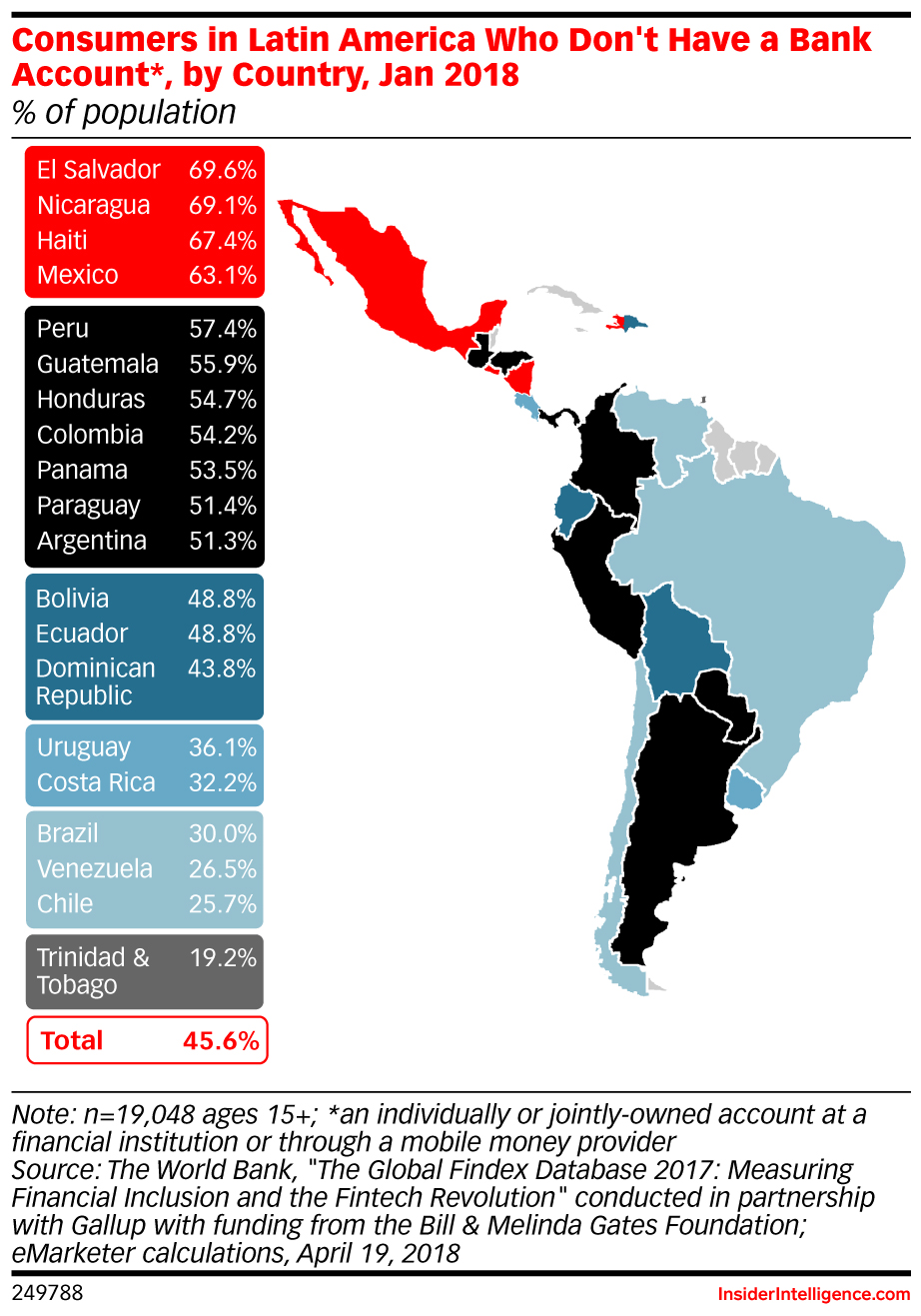Events & Resources
Events
Register for an upcoming webinar and track which industry events our analysts attend.
Learn More →Topics
See All Topics →Latest Articles
Explore our Research →Shoppers prioritize authenticity and track records when choosing reviewers to trust
Article |
Nov 21, 2025
The big answers: EMARKETER Daily quiz
Article |
Nov 20, 2025
Most B2B buyers are evaluating AI products without formal steering committees
Article |
Nov 20, 2025
Premium CTV grows more accountable as Albertsons and NBCU link ads to sales
Article |
Nov 20, 2025
How CTV campaigns are boosting production and measurement with AI tools
Article |
Nov 20, 2025
YouTube, Facebook dominate social usage, but fragmentation reshapes strategy
Article |
Nov 20, 2025
Aetna rolls out genAI assistance for more conversational healthcare
Article |
Nov 20, 2025
Traditional and decentralized finance are merging as crypto firm buys a bank
Article |
Nov 20, 2025
Bath & Body Works CEO reins in expansion after costly category missteps
Article |
Nov 20, 2025
TD Bank added Amazon rewards for cardholders—years after rivals
Article |
Nov 20, 2025
About
Our Methodology
Rigorous proprietary data vetting strips biases and produces superior insights.
Learn More →Already have a subscription?Sign In
Access All Charts and Data
Transparently sourced data in visual form, perfect for legitimizing your strategic ideas and thought leadership via internal and external presentations.
Access All Charts and Data
Transparently sourced data in visual form, perfect for legitimizing your strategic ideas and thought leadership via internal and external presentations.
April 19, 2018
Consumers in Latin America Who Don't Have a Bank Account*, by Country, Jan 2018 (% of population)

Description
This chart looks at bank account penetration among consumers from 20 countries in Latin America. A bank account refers to an individually or jointly owned account at a financial institution or through a mobile money provider.Note
The World Bank defines a bank account as an individually or jointly owned account at a financial institution or through a mobile money provider. Financial institutions include banks or another type of formal, regulated financial institution, such as a credit union, a cooperative, or a microfinance ... institution. Mobile money providers consist of mobile phone-based services, not linked to a financial institution, that are used to pay bills or to send or receive money. These mobile money accounts allow people to store money and to send and receive electronic payments.More
Methodology
Data is from the April 2018 The World Bank report titled "The Global Findex Database 2017: Measuring Financial Inclusion and the Fintech Revolution" conducted in partnership with Gallup with funding from the Bill & Melinda Gates Foundation. 154,923 consumers ages 15+ from 144 countries were surveyed in-person and via phone during January 30, 2017-January 18, 2018. In Latin America and the Caribbean, 19,048 consumers ages 15+ were surveyed in person during April 19, 2017-January 18, 2018. Respondents were from the following 20 countries: Argentina (n=1,000), Bolivia (n=1,000), Brazil (n=1,000), Chile (n=1,040), Colombia (n=1,000), Costa Rica (n=1,000), Dominican Republic (n=1,000), Ecuador (n=1,000), El Salvador (n=1,000), Guatemala (n=1,000), Haiti (n=504), Honduras (n=1,000), Mexico (n=1,000), Nicaragua (n=1,000), Panama (n=1,000), Paraguay (n=1,000), Peru (n=1,000), Trinidad and Tobago (n=504), Uruguay (n=1,000) and Venezuela (n=1,000). There is an average margin of error of +/-3.8 percentage points with a 95% confidence level for the region. The Global Findex database has been published every three years since 2011.Chart Title
Consumers in Latin America Who Don't Have a Bank Account*, by Country, Jan 2018 (% of population)Publication Date
April 19, 2018
